Explore where Nike shoes are made, from early U.S. origins to global hubs in Asia, and discover how these regions contribute to Nike's iconic footwear!
Key Takeaways:
- Nike originally manufactured its shoes in the United States before shifting production to lower-cost countries.
- By the late 1970s and 1980s, Nike began outsourcing manufacturing to South Korea and Taiwan to reduce production costs.
- In the 1990s, Nike expanded its production to include countries such as Vietnam, China, and Indonesia.
- Today, Nike's major manufacturing hubs include Indonesia, China, Vietnam, and India, reflecting a global supply chain strategy.
- Taiwan is significant for Nike’s production of high-performance materials and technology integration.
- Pakistan contributes to Nike’s production, especially in sports goods like soccer balls and cricket gear.
- The Philippines and Malaysia also play key roles in Nike’s supply chain, with contributions to both manufacturing and marketing.
The History of Nike Manufacturing
Everyone knows Nike today, but there was a time when Nike wasn’t even a brand. It was called “Blue Ribbon Sports” until May 30, 1971, when it officially rebranded and stepped into the world as Nike.
However, the story of Nike began even before that. It was 1964 when two enthusiasts teamed up to create a new shoe style, not knowing it would become one of the biggest footwear brands in the future.
Phil Knight, a track athlete, and Bill Bowerman, his coach, started their company in Beaverton, Oregon as a distributor for the Japanese shoemaker Onitsuka Tiger.
Initially, the company generated most of its sales from track meets conducted out of Knight's car. The transition to designing shoes began when Bill Bowerman experimented with creating better footwear for his athletes.
In 1971, he used a waffle iron to create the distinctive sole pattern for the first Nike shoes, which marked the beginning of Nike’s innovation in shoe design.
Though the first Nike shoes were not very comfortable, their innovative design became the inspiration for the "Moon Shoe" series in 1972. These shoes were also made with a waffle tread, which resembled the footprints of astronauts on the Moon (hence the name).
Next came the "Waffle Trainer" in 1974 which was also inspired by Bowerman’s waffle iron experiments. They were better than previous shoe designs in support and comfort, and soon became a popular hit for runners.
Since then, Nike has become one of the biggest footwear brands for casual and sportswear. The brand has established itself as a global leader in the industry with its wide range of shoes, sports equipment, and apparel that support diverse athletic and lifestyle needs.
Where Are Nike Shoes Made Today?

Originally, Nike's headquarters originated in Oregon, United States where the company designed and launched its first few series of footwear.
However, things were not getting as expected by the late 1970s and 1980s as Nike was facing a lot of higher-cost competition in the market.
Because the production was much higher in the US, Nike eventually turned to other countries like South Korea and Taiwan to manufacture its products.
The labor costs in these countries were much lower than in the US, and soon Nike was outsourcing its products from there.
By the 1980s, Nike was manufacturing its footwear in Asian countries where the production cost was even lower.
This decrease in manufacturing while doubling the production helped Nike invest more in marketing and maintain its position in the industry.
Nike saw a lot of growth after transitioning its production to Asia. The immense rise in development allows the brand to diversify its manufacturing locations to other countries in Southeast Asia.
By the 1990s, Nike was manufacturing and outsourcing its products from many countries in the world, including Vietnam, China, and Indonesia.
Today, Nike has offices located in more than 45 countries with 700+ shops all across the globe. Though the company’s headquarters is still located in the US, the brand manufactures and outsources most of its products from
Indonesia
The country is home to various enterprises that manufacture a variety of goods, including footwear, clothes, and accessories. So, it is one of Nike's largest producers, therefore it plays an important part in the company's global supply chain.
China
China is also one of Nike's most important manufacturing bases and marketplaces. The country not only provides a large portion of Nike's products, but it also represents a significant consumer market.
Nike has many plants in China that produce footwear, clothes, and sports equipment. Moreover, the brand's growth in China is driven by a rising middle class that values sports and fitness.
Taiwan
Taiwan is an important partner in Nike's supply chain, particularly in the development and manufacturing of high-performance materials.
Taiwan, known for its advanced technology and competent labor force, helps Nike innovate in footwear and apparel. Above all, Taiwanese factories specialize in the precision manufacturing of Nike's high-tech items, including those with Flyknit technology.
India
Nike has a two-fold presence in India: a market and a production base. The company outsources production to multiple factories in India, which manufacture anything from footwear to sportswear.
Furthermore, India's large labor pool and expanding network make it a desirable site for manufacturing. The brand takes the lead in grassroots sports promotion, which helps to boost its standing in the country.
Thailand
Thailand is another major manufacturing hub for Nike. The country's competent labor and low production costs have made it an advantageous partner for the brand.
Thailand factories manufacture an extensive selection of Nike products, including clothes and shoes. The good thing is that Nike's operations in Thailand are also part of the company's attempts to improve working conditions and promote sustainable practices.
Vietnam
Vietnam ranks as one of the biggest Nike footwear producers, accounting for a sizable share of the brand's global manufacturing. Nike operates multiple plants in Vietnam, producing millions of pairs of shoes each year.
Pakistan
The brand's manufacturing in Pakistan highlights its overall objective of increasing its manufacturing base. Also, Pakistan has a distinct position in Nike's supply chain, particularly in the manufacture of sports goods such as balls for soccer and cricket gear.
Moreover, the country's talent in these sectors is highly valued, and Nike profits from the knowledge of Pakistani workers.
Philippines
The Philippines plays a major role in Nike's global activities, particularly in apparel production. The country's talented labor and expertise in garment manufacturing make it an important partner for Nike.
Nike gear is also manufactured in the Philippines, with factories producing everything from apparel to performance wear. Not just that, Nike has also made a good name in the region and nearby countries since has started manufacturing its products in the Philippines
Malaysia
Malaysia plays a multiple role in Nike's supply chain since it manufactures and markets. The country's strategic position in Southeast Asia, paired with its talented labor force, makes it an ideal site to manufacture Nike items.
Malaysia produces footwear and apparel, which contributes to Nike's global distribution network. The business's activities in Malaysia are a component of a larger strategy to capitalize on the region's rising consumer base while maintaining strong production standards.
Why Are These Countries Chosen for Production?
Nike carefully selects nations for manufacture based on a variety of geopolitical considerations, including Indonesia, China, Taiwan, India, Thailand, Vietnam, Pakistan, the Philippines, and Malaysia.
The reasons behind such careful consideration of manufacturing countries are to sustain the company's competitive advantage, produce high-quality products, and efficiently meet global demand.
These factors are the reasons Nike still manufactures its products in third-world countries, including the recent Air Force 1 shoes being manufactured in China.
Ethical and Sustainability Considerations
Nike's worldwide manufacturing practices create ethical and environmental concerns. The corporation has been blamed for its bad labor policies, which include low wages and non-suitable for employees in developing countries.
In response, Nike established a Code of Conduct and conducted regular audits. On the sustainability front, efforts such as Move to Zero seek to cut waste and carbon emissions.
Despite improvements, issues continue in guaranteeing fair work standards and reducing environmental impact but Nike aims to keep its products ethical and sustainable.
Why Do Nike Models Stand Out?

Nike models are known for their revolutionary technology, elegant style, and diverse utility. Features such as Air cushioning and Flyknit improve performance and comfort, while collaborations with sportsmen and designers increase cultural appeal.
Also, Nike's recognized logo, including the famed swoosh, sleek design, and vibrant colors, contributes significantly to the company's brand identity and profitability.
All of these visual components combine to produce a striking style that customers have come to love and trust. Following are some of the more reasons that make Nike stand out:
Materials
Nike is known for its use of high-quality, revolutionary materials such as Flyknit, React foam, and Air cushioning. Nike's next key material is rubber, which they are increasingly using because it is more environmentally friendly.
Therefore, more than 70% of Nike's shoes now feature environmentally friendly rubber. These materials provide outstanding comfort, durability, and performance, ensuring that the shoes are not only useful but also lightweight and fashionable.
Technology
Nike used Grabit's Stackit material handling robot technology to manufacture up to 600 pairs of shoes per eight-hour shift. Nike ensures that their products suit the needs of athletes while also appealing to style-conscious customers by incorporating cutting-edge technology into its footwear.
Moreover, Nike uses Stackit to assemble the layers of material that make up the shoe's upper 20 times faster than a human.
How Nike Manufactures Its Shoes?
Nike produces its shoes using innovative design, modern machinery, and experienced labor in factories mostly situated in China, Vietnam, and Indonesia. The process entails material cutting, sewing, assembly, and stringent quality control.
Top Selling Nike Shoes of All Time!
Nike's best-selling shoes of every generation demonstrate the brand's mastery of innovation and style. The following best-sellers reflect Nike's commitment to combining cutting-edge technology with excellent design, cementing its position as a footwear industry leader.
Classic Nike Models that Remain Popular
Nike's classic styles, such as the Air Force 1, Air Max 1, Nike Dunk Low Retro, Nike Zoom Kobe 6, and Blazer, remain popular due to their distinctive design and long-lasting appeal.
These shoes combine historical relevance with current comfort, demonstrating Nike's ability to design ageless and appealing footwear.
Recent Best Sellers
Nike's latest best-sellers demonstrate the brand's ongoing innovation and style. Popular styles include the Nike Dunk Low, Nike React Infinity Run, and Nike Air Max 270.
These sneakers blend innovative technology with modern design, resulting in high performance and great appeal.
Why Some Nike Models Outsell Others
Some Nike models outperform others because they combine new technology, compelling design, and cultural relevance.
Also, Models with cutting-edge comfort, unique aesthetics, or celebrity sponsorships frequently garner greater attention, resulting in increased sales and market appeal.
Wrapping Up!
In conclusion, Nike's success stems from its pioneering use of technology and materials, smart worldwide production, and strong brand identification.
Nike maintains its position as a footwear industry leader by focusing on innovative designs and reacting to consumer demands. Nike is a popular choice for many people due to its constant evolution and ability to stay ahead of trends.
As the company continues to innovate and flourish, it establishes new standards in both performance and fashion.











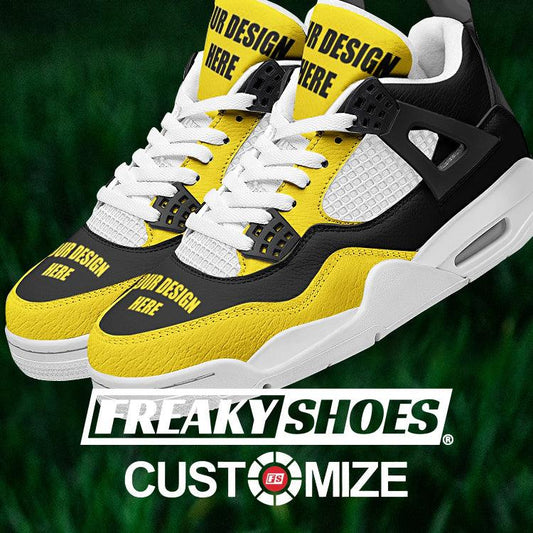
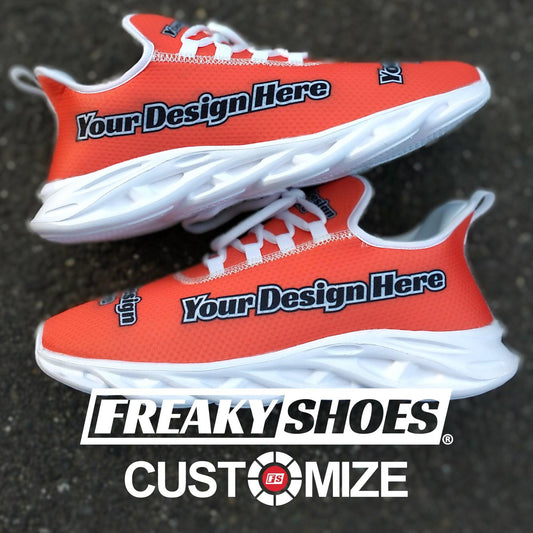

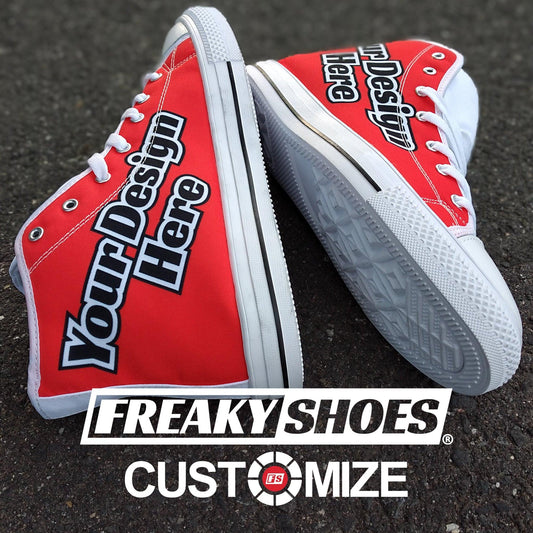
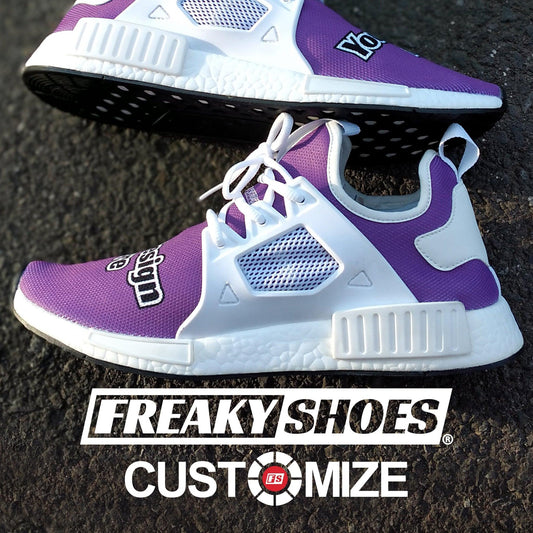
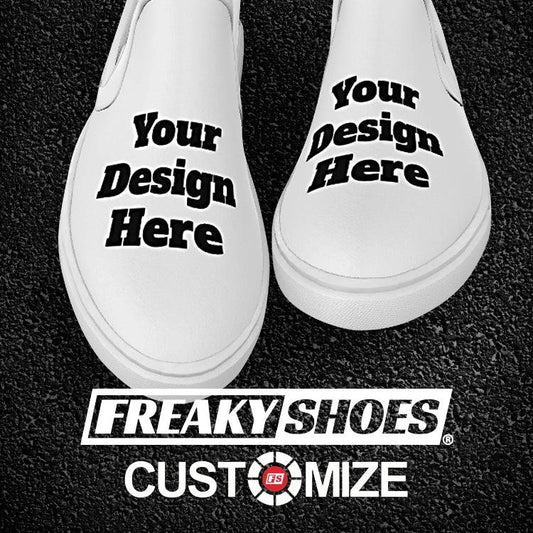
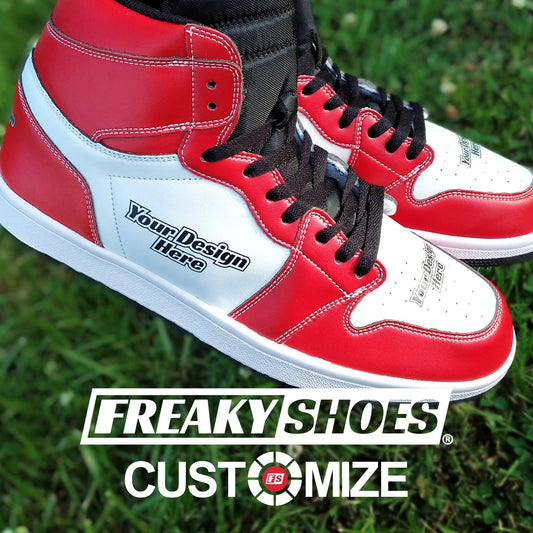
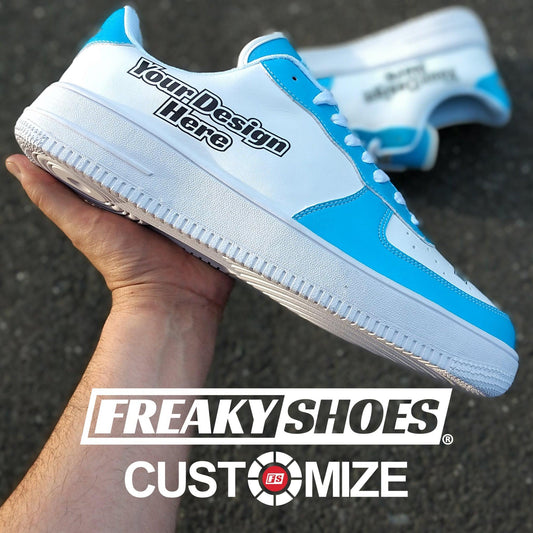
1 comment
I want to pay choice Nike